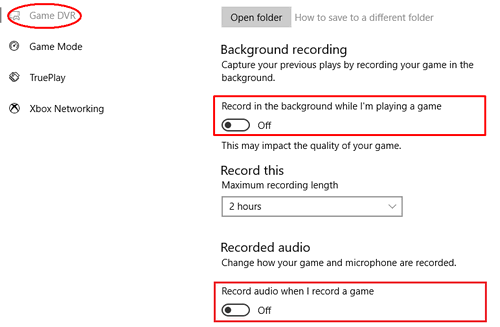
Enabling Game Mode is a two-step process. Microsoft is a bit nebulous on what it's doing right now, and there are 'planned additions' to Game Mode in the future.Ī quick primer, for the uninitiated. Game Mode changes things in some fuzzy fashion, allocating specific CPU cores to the game and leaving other cores for the remaining processes, and likely altering priority levels. A process running at a higher priority will get more resources than lower priority tasks, but it will only get those resources if it needs them-so a high or realtime priority process that's not doing anything won't bog down your system. Most processes launch at 'normal' priority, which means the OS will treat them relatively equally. Windows has six priorities: low, below normal, normal, above normal, high, and realtime. All running processes on your PC have a different priority level. It's called multi-tasking, and we're all familiar with the concept by now. Windows does all of this already, and it has been doing so for decades.

Game Mode in theory works best when you don't take such measures and simply let the OS handle the dirty work. But that's if I'm doing my normal thing while playing games: I close any unnecessary applications sitting in the background and basically free up resources so that the game will run as well as possible. In most cases, the changes are small and would go unnoticed. Turns out, the simple answer is that it's not substantially different from what I saw before.


 0 kommentar(er)
0 kommentar(er)
